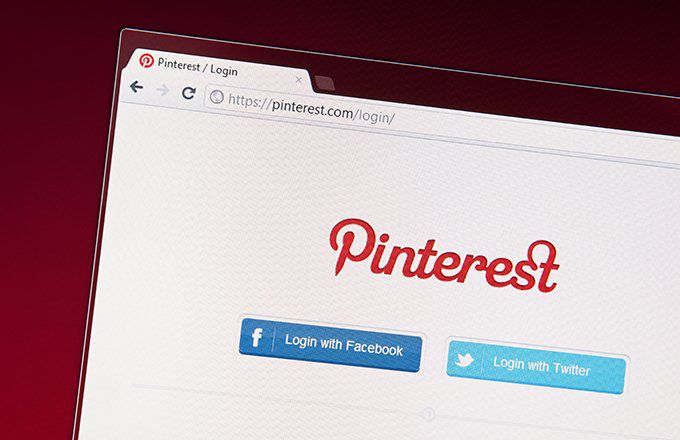[ad_1]
Social media platform and productivity tool Pinterest is among the prominent tech companies going public this year. Shares are expected to begin trading on the New York Stock Exchange on April 18 under the symbol “PINS.” The company priced its IPO above the initial range at $19 per share and raised $1.4 billion, giving it a valuation of roughly $12.7 billion. It is adopting a dual-class structure and offering 75 million shares of its Class A common stock.
Founded in 2010, it previously received $1.5 billion in funding from 37 firms including Rakuten, Goldman Sachs (GS) and Andreessen Horowitz, according to Crunchbase. It was valued at $12.3 billion during its last round of funding in 2017.
Roughly 250 million users, or “pinners,” use the bulletin board-like platform every month to browse and share images and other content in the form of “pins.”
When it was founded, Pinterest seemed to follow the model of social network sites like Facebook Inc. (FB), meaning that it aimed to develop a massive network of users first and then to install means of generating revenue later on. It generated $755.9 million in revenue in 2018, a jump of 60% from the previous year, according to the recent filing.
“We’re still in the early stages of our monetization efforts. Today, our advertising products help businesses reach Pinners across their decision-making journey,” said the company, which cited a Talk Shoppe survey that said 68% of weekly active users discovered a new brand or product on Pinterest. “We address various advertiser objectives through our Promoted Pin ad format, which contains either a single image, a carousel of images or video. Our ability to develop new and improve existing advertising products will be an important driver of our future growth.”
So just how has Pinterest come to be one of the most-hyped social media companies among investors and what is a promoted pin? Read on to find out.
Monetizing Pins
Promoted Pins
Pinterest’s primary source of revenue is what it calls “promoted pins.” These special pins are effectively advertisements, paid for by identified sponsors. Like in Facebook’s timeline feature and other social media platforms, promoted pins look very similar to (but not exactly the same as) standard pins. Pinterest utilizes user data to target advertisements based on user interests and searches, as well as other demographics. Given that users pin items that they are interested in already, this process is relatively straightforward for the company.
Undoubtedly, Pinterest’s advertisement component is its largest source of revenue. Much of this revenue has been sparked by increased interest in the Pinterest mobile platform, which is increasingly popular among fashion and beauty brands. Given that the users of Pinterest are overwhelmingly female and have above average incomes, this perhaps seems like a natural area of strength for the company.
Next Steps
Pinterest will see its IPO coincide with that of other high-profile social startups like Uber, Airbnb and Lyft. Still, even with a path for generating revenue which has become increasingly clear as the years have gone on and a user base that has swelled, it will nonetheless be difficult for this (or any) new social media company to be able to rival the titanic duopoly of Alphabet Inc.’s Google (GOOG) and Facebook. However, Pinterest leadership has adopted a much less aggressive approach to growth than its competitors. That may make all the difference given the issues brands, regulators and users have with tech giants, like the spread of misinformation and inaccurate measurement data.
[ad_2]
Source link Google News

